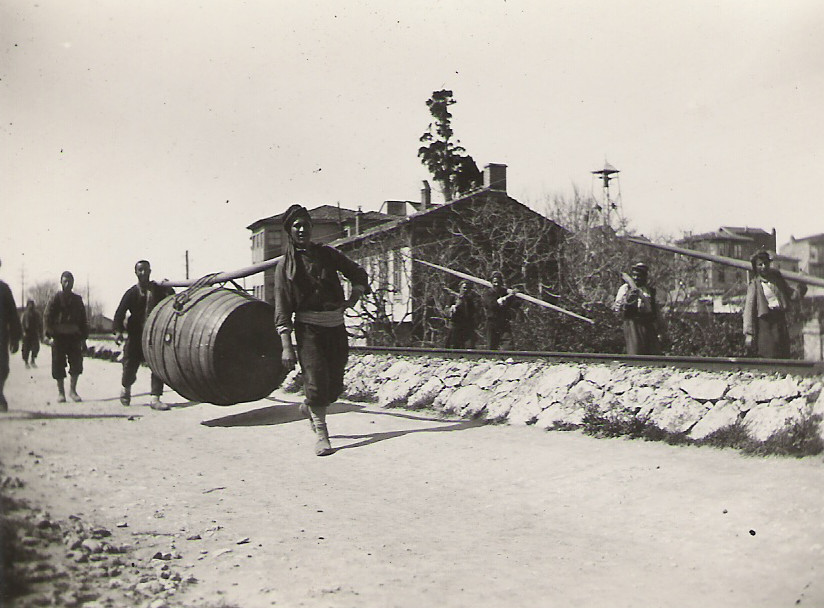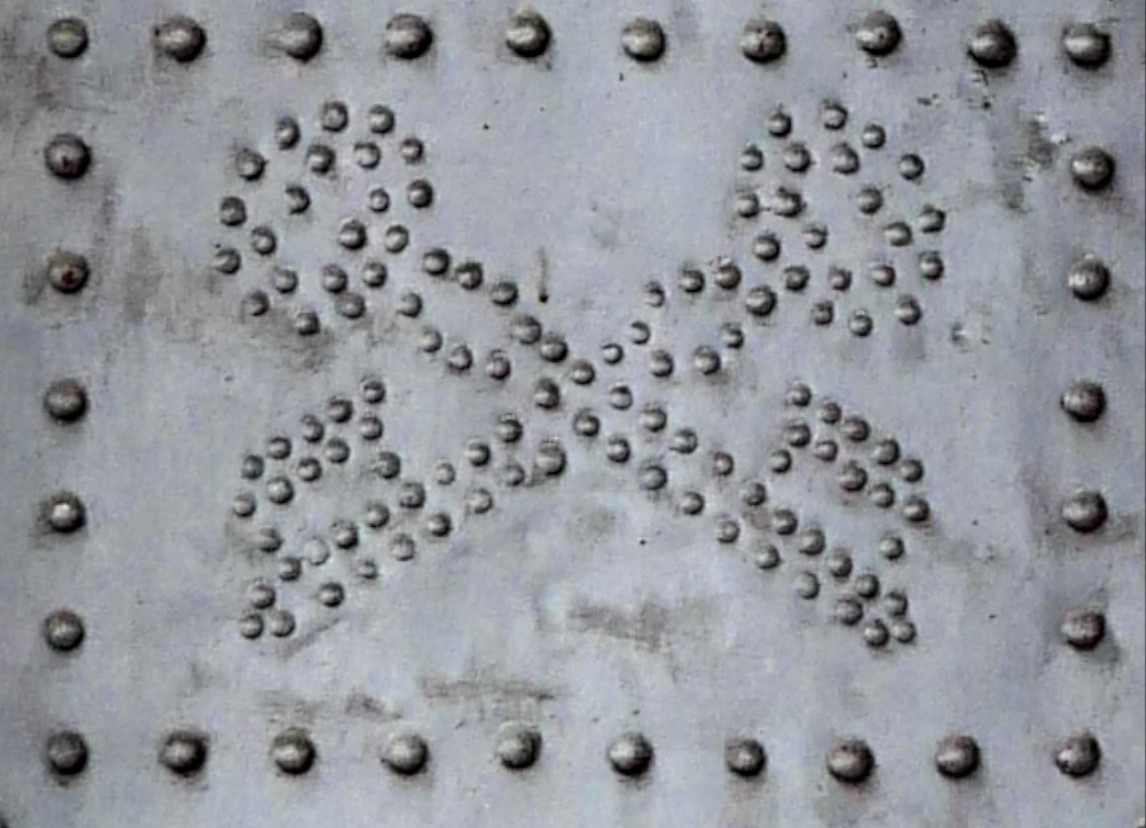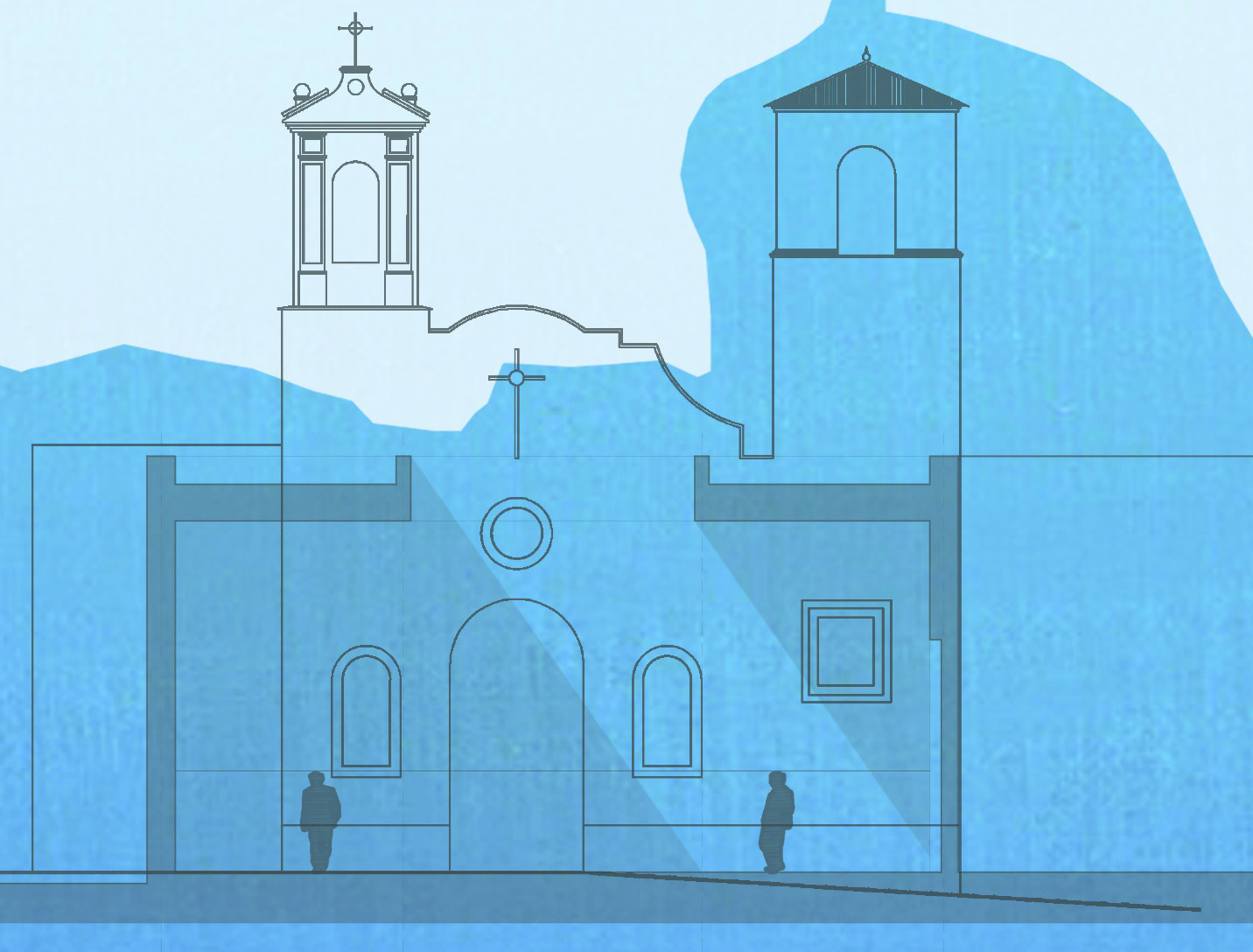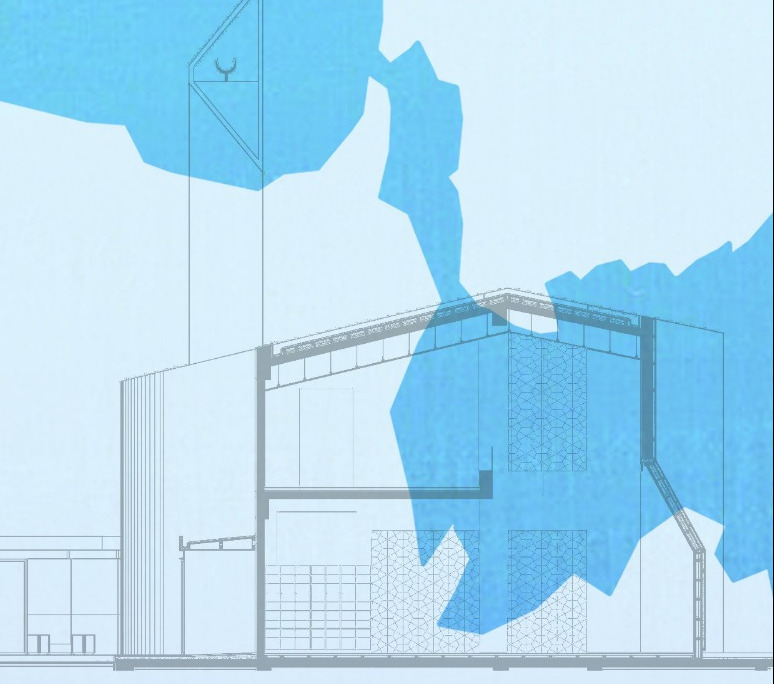SEN PİYER
The Church of St. Peter and St. Paul

The friars of the Order of Preachers, commonly known in England as the Black Friars due to the black cape worn over their white robe, came to Istanbul (Costantinople) in the first half of the 13th century and established themselves in Galata, where they built the church of St. Paul at the foot of the hill. There, for two centuries, they lived and ministered to the catholic community.
In 1475, the church was converted into a mosque (the Arab camii) and the friars were forced to look for another site to build their church and monastery.
The friars then retreated into another building standing a few hundred metres beyond the former one, which, although smaller, was convenient for carrying parochial duties in the district. Dedicated to St. Peter, the new residence was in service until 1603 when it was decided to build a more functional one. But, a little more than a century later, on the first of April 1660, a serious fire destroyed it from top to bottom. In 1731, the same fate befell the construction that succeeded it. The friars were not discouraged and built a fifth church on the same site which existed until the beginning of the 19th century.
Construction of The New Temple
In 1841, in view of the formers troubles, the black friars demolished this in order to build a larger, safer and more beautiful church. For this purpose, they consulted the famous architect Gaspare Fossati, who also restored Aghia Sophia and in 1843 it was finally possible to construct the new temple dedicated to st. Peter and Paul, which still stands.
Conceived according to the neo-classical style, on a rectangular plan, the church 35 meters by 8/10 and is 14 meters high. The rear wall behind the high altar is build into the remains of the Genoese ramparts of Galata. According to the law at that time it was impossible to build façade on the street. For this reason there is only a small entrance surrounded by a simple frame of marble and surmounted by a tympanus and an “oculus”.

One enters the nave on the right side, through a polychrome marble portal, the work of the Genoese sculptor Drago. Some graceful faces of angels and flower decorations surround the arms of the Order of Preachers: on the peak of the pediment stands the pontifical tiara and pallium. On entry, one is immediately struck by the harmonious beauty of the nave which focuses attention on the high altar; the attention is lead by the row of Corinthian columns coupled by pilasters and by a series of crystal chandeliers. The high altar is the work of the Carrara sculptor Giovanni Isola, who was inspired by the classical form of a Sarcophagus.
According to the custom of the timea decorative marble tabernacle was placed in the centre of the altar and surmounted by a rotunda for the exposition of the Holy Eucharist. Six small marble columns support the elegant cupola while two angels mount a guard of honour; one of the represents “Justice” (the Old Testament), the other one “God’s Love” (the New Testament). On each side of the tabernacle are marble basreliefs symbolizing the Eucharist: the Arch of the Alliance and the memorial of the Passion and Resurrection. At either end of the altar table stand of almost lie size, statues Faith who holds the Cross, and of the Law who points to the ten commandments.

But undoubtedly the greatest treasure that the church possesses is the famous icon of the blessed Virgin Mary Odighitria, “the Guide”. Although its setting is of recent date, the ancient icon (which escaped the fire of 1731) has an exceptional history. Later an anonymous goldsmith framed the ancient picture in a protective case made of embossed silver plate (1m20 x 1m60); in this Mary graciously welcomes the Order of saint Dominic under her mantle.
On one side of the entrance portal, in the semi darkness, there is an expressive 18th century crucifix and opposite is a hexagonal baptistry made of grey marble in the shape of a ciborium. This church, deprived of a grand street façade, has instead in its inside, above the entrance, two well proportioned galleries with decorative wooden balusters: an organ gallery (the organ is the work of Camillo Bianchi, 1875) and the smaller upper gallery, from where the pupils of the Italian school could follow the religious ceremonies.
ARCHIVE
Summer Time Mass Schedule Starting from Saturday the 7th of June until the last Sunday …
Solemnity of the Holy Apostles Peter and Paul Invitation Dear friends, brothers and sisters, as …
Conference Series 2025 “Contemporary Religious Architecture in the Mediterranean World” Pablo Millán Chapel of the …
Conference Series 2025 “Contemporary Religious Architecture in the Mediterranean World” Volkan Taşkın Büyükada Nizam Mosque …





